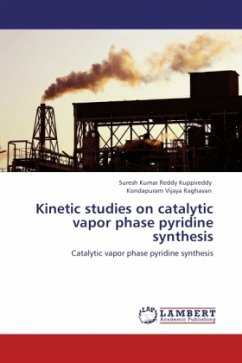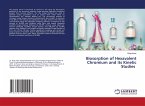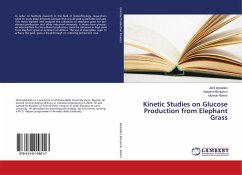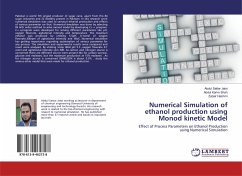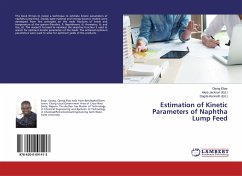Catalytic vapor pyridine synthesis from acetaldehyde, formaldehyde and ammonia is an attractive way of synthesis for growing demand of pyridine bases. The basic objective of the present work to focus on catalysis, mass transfer and kinetics of the aminocyclization of aldehydes constrained by the catalyst deactivation. The HZSM-5 catalyst and the coke formed during the aminocyclization have been extensively characterized by FT-IR, DTA, TGA, XRD, SEM, TPD, CHNS and BET Surface area. A series-Parallel reaction scheme has been considered for evaluating the kinetics of aminocyclization reaction. The external and internal mass transfer resistances have been minimized by operating above the experimentally determined and theoretically validated threshold gas/vapour superficial velocity and catalyst particle size. Appropriate rate equations have been formulated for aldehyde conversions to pyridine and picolines. By employing non linear regression analysis, the reaction rates, the reactionvelocity constants and activation energies have been determined employing process data unconstrained by the catalyst deactivation.
Bitte wählen Sie Ihr Anliegen aus.
Rechnungen
Retourenschein anfordern
Bestellstatus
Storno

